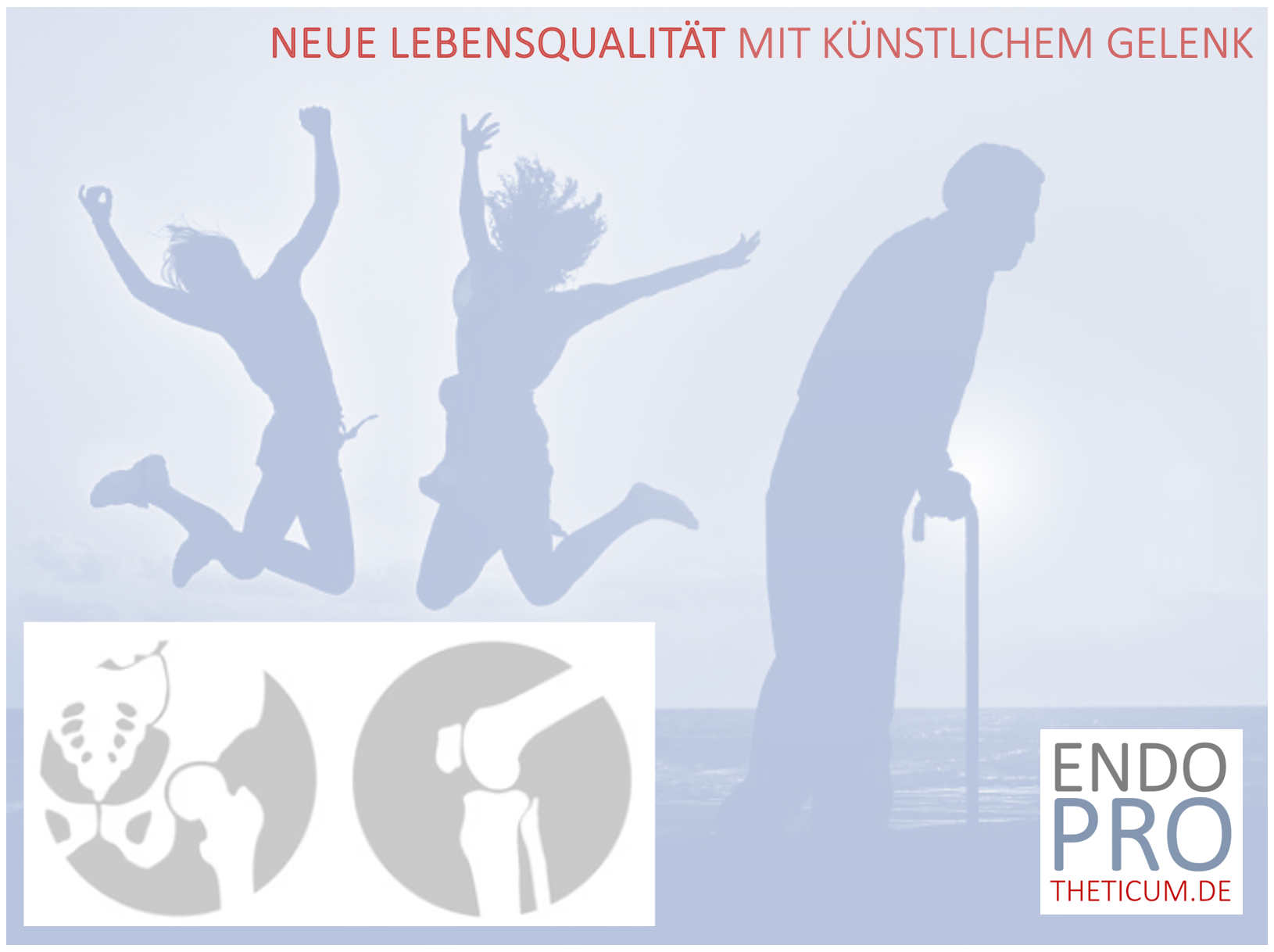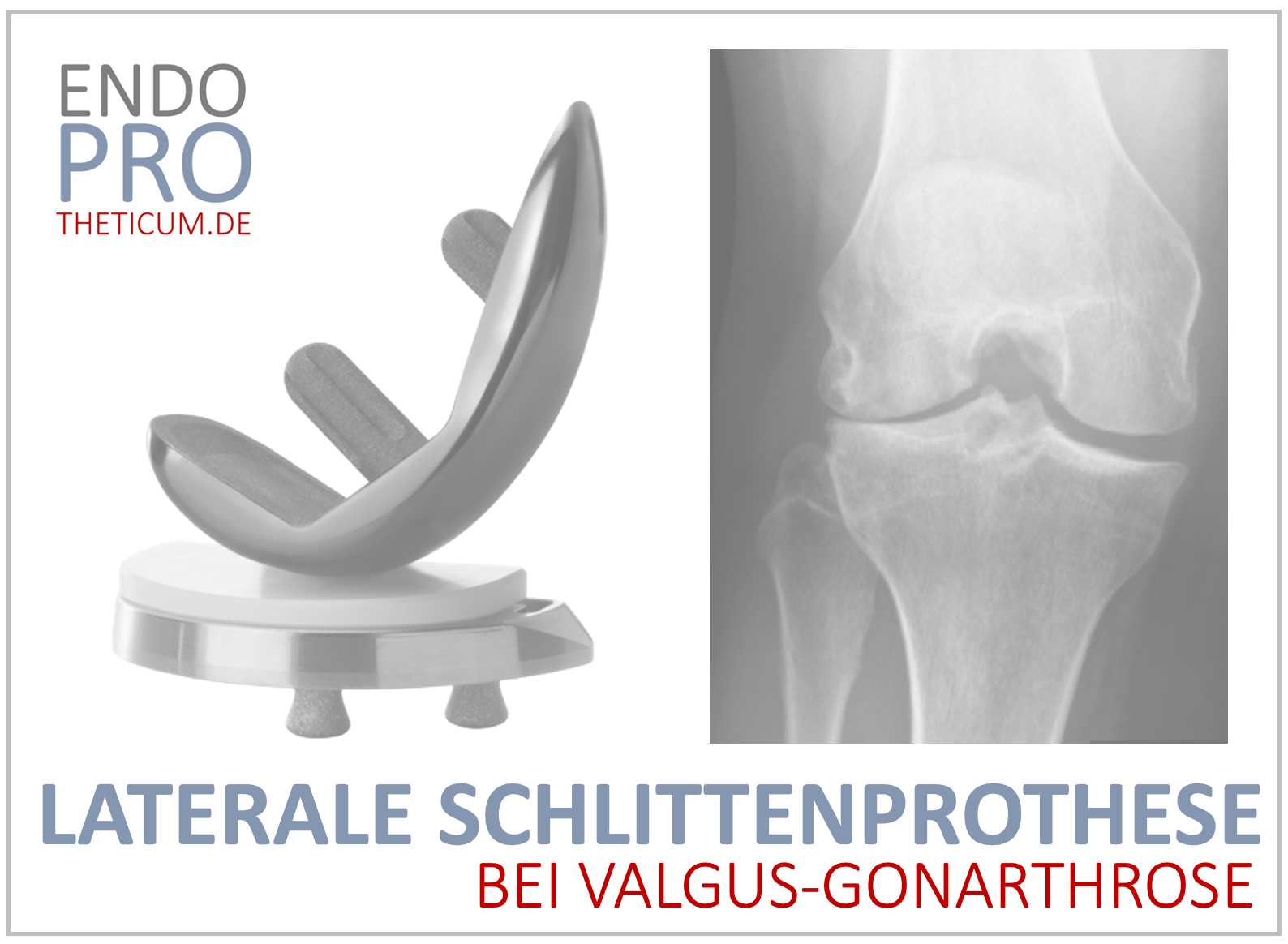Heavy lifting prohibited after hip replacement? – Here are the facts!
Is heavy lifting really not allowed after hip replacement?

From old prohibitions to modern hip arthroplasty
Anyone who has had a
hip replacement will be familiar with the typical phrases patients used to hear on the first day after surgery:
“Don’t bend more than 90 degrees, don’t lift heavy objects, don’t cross your legs, and don’t make any sudden movements.”
these prohibitions were an integral part of every rehabilitation program following hip surgery . The reason: fear of dislocation (dislocation of the artificial joint) and premature wear or loosening of the prosthesis.
But times have changed. Thanks to minimally invasive surgical techniques , improved implant designs, modern sliding couples, and a deeper understanding of the load-bearing capacity of prostheses, much of what was once considered is now simply obsolete. Even lifting heavy objects is possible again – under certain conditions.
In this article you will learn:
- Where the strict prohibitions after hip surgery originally came from
- How modern implants and surgical techniques have minimized the risk
- What to consider lifting in the first few weeks after a hip replacement
- How much weight can realistically and safely be lifted today
- Practical tips for everyday life and protecting your hips and back
1. Historical rules after a hip prosthesis – and their background
Well into the late 20th century, patients were discharged after hip surgery with a long list of rules of conduct. The most important were:
- Don’t lift heavy objects – often the advice was: a maximum of 2-5 kg, for life.
- Do not bend more than 90 degrees – for example, do not sit too low or tie your shoes while sitting.
- Do not cross your legs to avoid twisting your hip joint.
- No sudden twisting movements – e.g. when exercising or turning around while standing.
The background to these strict prohibitions lay primarily in the medical conditions at the time:
- Large, open surgical approaches : These involved partially detached muscles and tendons to access the hip. This led to longer healing times and less stability in the first few months.
- Smaller prosthetic heads : Older implants had significantly smaller joint heads (e.g., 22 mm or 28 mm diameter) than today. This resulted in a shorter lever arm, and the risk of dislocation was significantly higher.
- Simpler sliding pairs : Polyethylene with low cross-linking wore faster, so overloading was to be avoided as much as possible.
- Less experience with early exercise : At that time, very long rest periods were used, as the long-term results of exercise had hardly been researched.
2. Modern hip arthroplasty – why many things are different today
Hip surgery has changed dramatically over the past two decades . Today, many of the old prohibitions are obsolete. The main reasons for this are:
2.1 Minimally invasive approaches
- Muscle-sparing surgical techniques such as the anterolateral or direct anterior approach largely avoid the detachment of important muscles.
- This means more stability immediately after surgery and a significantly lower risk of dislocation.
2.2 Short-stem prostheses
- Shorter anchorage in the femur, anatomically shaped.
- Less leverage and more physiological power transmission.
- Particularly suitable for younger, active patients.
2.3 Modern sliding pairs and materials
- Ceramic-ceramic , ceramic-polyethylene or metal-ceramic combinations with highly cross-linked polyethylene have extremely low abrasion rates.
- Oxidation-resistant surfaces ensure that there is hardly any abrasion even under higher loads.
2.4 Larger prosthetic heads
- Today mostly 32 mm, 36 mm or even 40 mm diameter.
- This significantly increases the risk of dislocation.
Conclusion: Thanks to these developments, patients can now return to activity much sooner and more safely – including when it lifting .
3. How many kg can I lift after hip replacement?
lifting heavy loads after hip surgery was strictly prohibited . Today, the rule is: Yes, heavy lifting is possible – but it should be staggered and dependent on the individual's healing process.
3.1 The critical healing phase (first 6–8 weeks)
- Most modern hip prostheses are implanted without cement.
- In the first few weeks, the implant must grow (osseointegration).
- loosening during this phase .
Recommendation for the first few weeks:
- 0–4 weeks: Maximum 5 kg per hand (e.g. a full crate of water is too much).
- 4–8 weeks: Up to 10 kg is usually possible, provided there is no pain and walking is safe.
3.2 From week 8 – Increase in load
- If the course is uncomplicated, loads of 15–20 kg can often be lifted without any problems.
- After 3 months, many patients are able to move heavier loads again, either professionally or in sports – always depending on their individual fitness.
4. Proper lifting technique – hip and back protection
Even if the artificial joint can withstand a lot, the lifting technique correct:
- from your knees , not your back.
- Keep the load close to your body.
- When standing up from a squat, do not turn abruptly.
- Even load on both legs.
- For very heavy loads: use aids or support.
5. Why old bans after hip replacements are almost irrelevant today
The fear of dislocation after hip surgery was justified – in the past. Today, it is due to:
- muscle-sparing approaches,
- larger prosthetic heads,
- modern implant materials
have almost completely eliminated this.
Permanent bans on lifting no longer necessary in the vast majority of cases for healthy patients with modern hip prostheses
6. Individual factors remain crucial
Despite modern technology, every patient is different. Factors such as:
- General fitness
- Bone quality
- Consumer diseases
- Muscle strength
- Coordination
influences how quickly and how heavy you can lift after surgery.
7. Conclusion – you can also lift with a hip prosthesis!
- In most cases, old bans
- In the first 6-8 weeks, the weight should be limited a maximum of 5-10 kg
- After that, if there are no complications, heavy lifting possible again.
- The right technique protects not only the hip prosthesis but also the back.
If you hip surgery or already have a hip replacement and are unsure how much you can lift in everyday life, you should seek advice from real specialists.
At ENDOPROTHETICUM Rhein-Main, under the direction of Prof. Dr. Karl Philipp Kutzner, you will receive modern, individual, and scientifically sound advice on the load-bearing capacity of your hip.
📍
More information & appointment scheduling:
www.endoprotheticum.de
MAKE AN APPOINTMENT?
You are welcome to make an appointment either by phone or online .



























